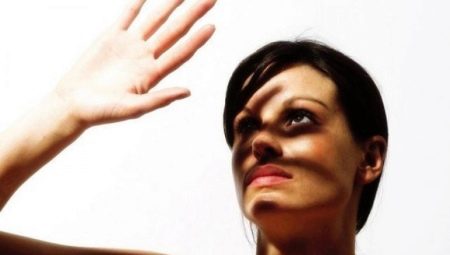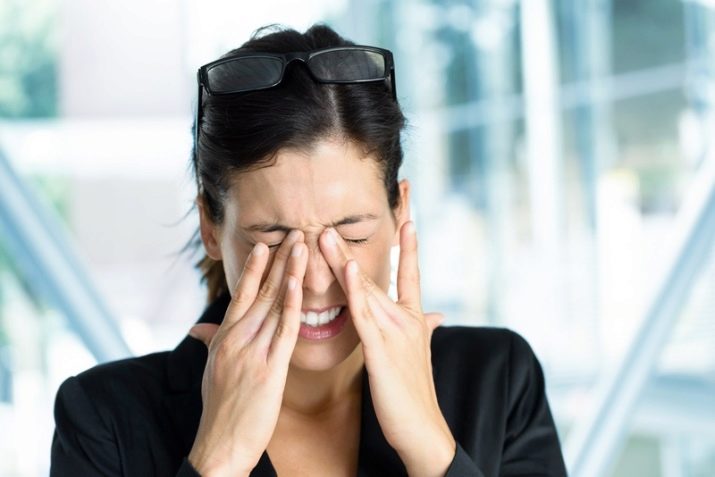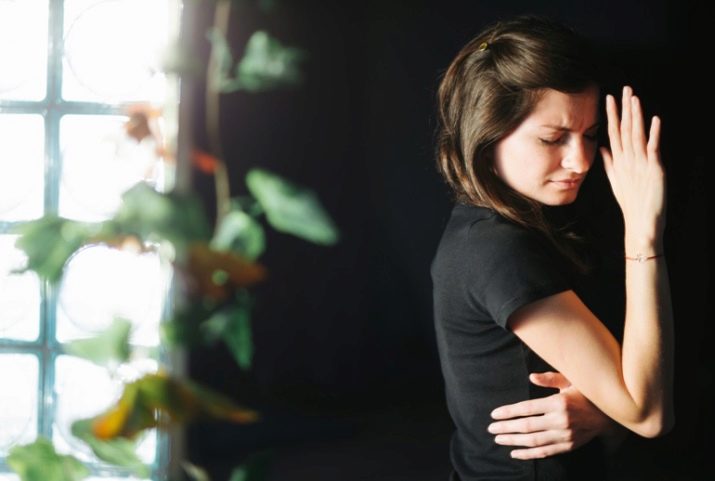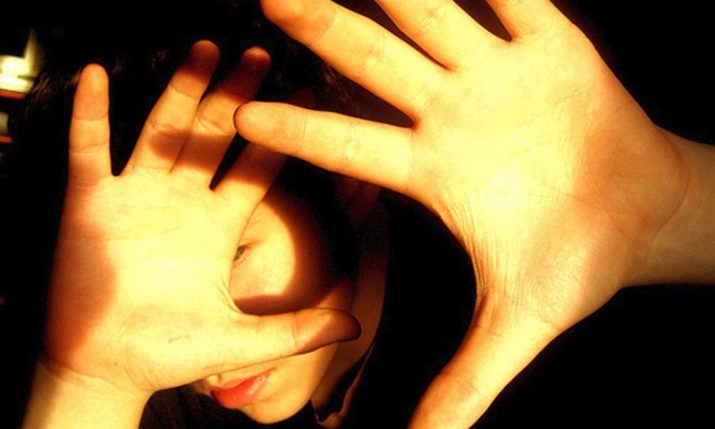Waking up from the bright sun, which shines straight in the eyes, is a great pleasure to someone, but not to someone. It all depends on how a person perceives this world. When he comes out of a dark room and bright rays fall on him, he begins to frown. This is quite a normal reaction of the body. But if a person begins to have an unpleasant feeling, then attention should be paid to such a symptom. Perhaps he develops photophobia.
What it is and the reasons
An unpleasant and painful feeling when light enters the eye is called photophobia. It is accompanied by a spasm of the eyelids, pain in the eyes, and lacrimation. Occurs as a result of eye disease or after visiting an oculist. During the examination, the doctor drops a special solution into the eyes that dilates the pupils. After that, a person cannot look at the bright light. But these symptoms quickly pass.
Also the cause of photophobia can be glaucoma and increased intraocular pressure.
Colds contribute to the development of photophobia. It may occur due to medication and due to oncology.
There are other causes of this disease. For example, if an individual was infected with an infection, such as measles, rubella, meningitis, rabies. Then, along with this symptom, the temperature may rise and fever begins.
Another photophobia can be caused by a foreign body in the eye. In fact, the fear of light directly indicates the signs of a disease. When the nervous system is affected, the symptoms may be as follows: headache, blurred outlines of objects, dilated pupils.
When the retina is irritated by light, discomfort appears in the eyes. If a person is completely healthy, then the constricting pupil muscle works without interruption. It is the constriction of the pupil that allows our body to protect itself from hitting too much light into an organ that is directly related to brain activity. If the eyes get a sudden irritation, then the brain begins to immediately respond to the stimulus. From here and there are various unpleasant symptoms.
By and large, there can be many causes of photo phobia. There are two types of this disease.
- Congenital Photophobia occurs when the body lacks such an important substance as melanin. The eyes look red due to the fact that the iris is transparent and through it the blood vessels are visible. Hair and skin are also devoid of characteristic color.
- Acquired photophobia can occur as a result of various diseases.
Photophobia in children and adults
If we talk about children, the first cause of this disease can be congenital. As mentioned above, this is due to the lack of melanin in the body. But most often a child's phobia occurs in a child against the background of various diseases (retinal detachment, sunburn or thermal burn, surgery).
There are still congenital childhood pathologies. Partial or complete absence of the iris - aniridia. Incidentally, it may occur as a result of injury. Associated changes are attributed to this disease: immature retina, corneal opacification, nystagmus, reduced visual acuity.
The same symptoms can occur in an adult if he suffers from a disease. The exception here may be wearing contact lenses, if they are chosen in the wrong way.
Dry eye syndrome is another cause of photophobia.
However, it should be remembered that photosensitivity is a common anomaly. The appearance of bright light after a long stay in the dark will occur, even if a person is completely healthy. After the sudden appearance of light, the pupil does not have time to focus, so this effect occurs.
In a healthy person, after awakening, photophobia may occur for a short time. With prolonged reading or as a result of working on a computer, deviations are also possible. Such manifestations should not be taken seriously if they occur infrequently, but if these symptoms recur repeatedly, then you should consult a doctor.
It is possible that a person develops a lesion of the nervous system. This can manifest itself in injuries to the head or in various brain tumors. This condition is called “meningeal syndrome”. It is characterized by nausea, headache and, of course, photophobia.
When injuring the brain, it is possible to diagnose such pathology very quickly, as there is a reason, and it is known. Other diseases, such as abscess, tumor, parasitic cyst, are difficult to diagnose. Here it is necessary to look at the accompanying symptoms, for example, when a headache is accompanied by vomiting, which brings a short relief. The intensity of this state is directly dependent on the position of the head. It can be horizontal or vertical.
It must be remembered that photophobia in the presence of serious diseases (brain tumors, cysts) is only one component of additional factors leading to increased headache. And if photophobia is accompanied by other symptoms - dizziness, paresis, convulsive seizures, a violation of sensitivity - you need to understand that we face a person with a serious illness. therefore for any manifestations of this kind, you must pass the appropriate examination. And if any diagnosis is confirmed, it is necessary to begin treatment.
Treatment
It must begin without delay, otherwise your illness will take the form of chronicity, and then with a worsening state will lead to a complete loss of vision. Besides, heliophobia can develop in a person as a result of the disease. It represents a panicked fear of daylight.
Patients with heliophobia are under great stress before going outside, where the sun is shining. They are afraid of characteristic pain and pain in the eyes. These symptoms are caused by sunlight. The disease is also accompanied by trembling in all the limbs, dry mouth, dizziness, severe headache, attacks of arrhythmia, hysteria, nausea or vomiting, panic attacks, increased pulse and respiration.
Therefore, you should not ignore these symptoms. We must first identify the cause that provokes the phobia. If a person has these symptoms after an injury or as a result of inflammatory processes, it is necessary to eliminate the cause. After that, everything will fall into place.
If a phobia began as a result of an infectious disease, then it will disappear as soon as the person begins to recover.
In order for a patient with photophobia not to experience unnecessary suffering, he can recommend the following.
- At this stage there are such photochromic lenses that are sold in specialized institutions - they will help. Just keep in mind that you need the right selection of such lenses.
- If a person is afraid of sunlight, then he needs to wear light-protective glasses. Buy this product is necessary in specialized stores, as they must contain glass that protects from ultraviolet radiation.
- It is necessary to carefully monitor their hygiene. Any infection can cause a worsening of the condition of a sick person.
- Individuals with dry eye syndrome should use moisturizing drops, the quality of which should be impeccable.
- Working with a computer is another reason. It is therefore necessary during this activity to arrange breaks, perform physical exercises and exercises for the eyes.
















